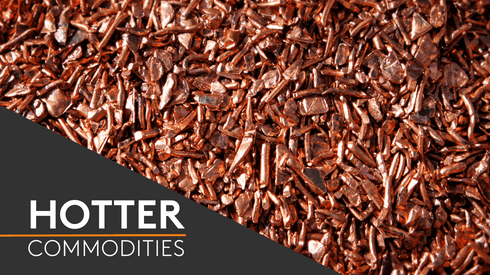Paragraph entered by Atlantic migration, in order for SteelFirst articles to display correctly on Metal Bulletin.
This output represented a 9.6% increase year-on-year, Imidro chief Fereydoon Ahmadi said. The country produced 7.96 million tonnes of crude steel in the first seven months of the previous Iranian year, he added.
Iran can achieve production of about 15 million tonnes in the current year if this rate of output is maintained. However, the country would still face a shortage of 6-7 million tonnes, which would have to be made up from imports.
Growth in local production is intended to compensate for reduced imports, a consequence of the tightening of the international trade sanctions imposed on Iran.
In line with their policy of increased production, the Iranian authorities recently prohibited exports of 50 metals-sector materials including steel billet, aluminium billet, and copper cathode and wire.
Iran laid out ambitious plans to develop the country’s steel industry over the past decade, when the rising price of oil encouraged the authorities to increase investment.
A series of mini-mill construction projects were begun around the country. There are now more than 20 steel plants being built by the government, semi-government and private sectors.
Once in full production, these plants will double Iran’s crude steel capacity. However, progress is slow due to a shortage of financial resources as well as the effects of the trade sanctions.
China may prove to be a good source for imports of equipment for steel plants, as European plant makers have withdrawn from the Iranian market.
But China has not yet played an effective role in the development of the Iranian steel industry. Construction of a meltshop for the Arfa Steel plant in Ardakan– a mini-mill of 800,000 tpy capacity – was awarded to Chinese contractors a few years ago but the plant has still not been completed.




